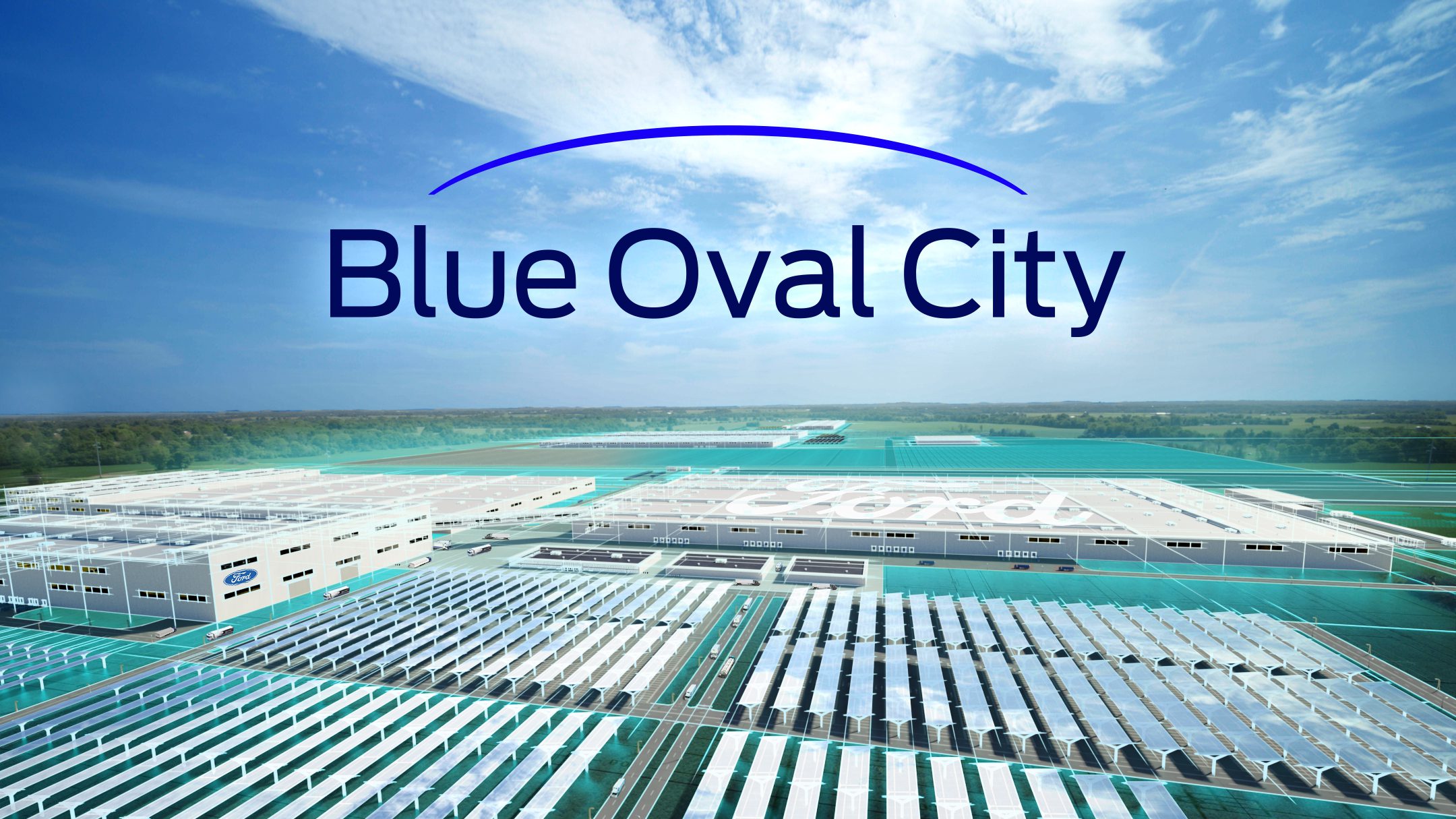2021 has been what can comfortably be described as a busy year for Ford Motor Company. The American automotive giant has taken numerous steps towards an environmentally sustainable future including the release of two brand-new EV models, the Ford Mustang Mach-e and the Ford F-150 Lightning. However, their biggest step towards sustainability comes in the form of an $11.4 billion investment to further their process of electrification; their largest investment ever.
The investment will see the construction of a $5.8 billion twin battery plant in central Kentucky as well as a $5.6 billion, 3600-acre automotive assembly campus in southwest Tennessee. Both will be used to improve the infrastructure for their shift towards electric vehicles.
The pair of electric vehicle complexes will be operating with South Korean battery manufacturer SK innovations, Ford’s partner in battery production.
The 1500-acre Kentucky battery-production complex, set to be located in the small town of Glendale, is estimated to be in operation by 2025. At full operational capacity, the plant, known as the BlueOval Battery Plant, is expected to produce the batteries for more than 600,000 cars each year for the rapidly expanding Ford EV line, as well as the batteries for Lincoln’s electric vehicle line. The plant expects to supply jobs to 5,000 Americans and upon completion is projected to be the largest producer of EV batteries in the United States.
Their Tennessee assembly campus, located in Stanton, will continue the process of manufacturing for Ford’s electric vehicle line.
The vertically-integrated assembly complex, which they call BlueOval City, will be one of the largest industrial campuses in the U.S. and is modeled after the historic Rouge River factory of the 1900s.
Bill Ford, Executive Chairman at Ford, remarked that “these high-tech sustainable campuses will do for the 21st century what the historic Rouge plant outside of Detroit did for the 20th: set a new standard for American manufacturing.”
In addition to modernizing Ford’s production processes, it will also usher in a new era of environmentalism within Ford. The BlueOval City campus will be designed using biomimicry in order to optimize efficiency. Ford also understands the potential impact that projects of this magnitude could have on a small town in America’s Heartland, like Stanton, Tennessee. This is why they are outfitting BlueOval City with carbon-neutral manufacturing systems that guarantee a low environmental impact on the local communities. In particular, Ford will look to local renewable energy sources like wind, solar and geothermal energy to power the 3,600-acre mega-site, as well as an on-site water treatment plan that incorporates water reuse and recycling programs as a way of ensuring that they make zero freshwater withdrawals for assembly processes. Ford has also enacted an intensive waste recycling program that ensures none of the waste from manufacturing processes goes to landfills but instead is either reused or repurposed, once the complex is operational.
The electrification initiative has also been an exciting prospect for the communities hosting these large-scale projects. For Stanton, an already small town whose population has been dwindling since the middle of the 20th century, the expected 6,000 jobs created for the BlueOval City is a cause for celebration. While there was some apprehension in Glendale around how the battery plants would affect the farming communities there, most of the residents have warmed up to the project thanks to projected improvements in property values, and job opportunities for residents.
This landmark initiative is not only a sign of their interest in electrification, it also shows their interest in environmental consciousness at all levels of production, from the cars they produce to the processes by which they are made. Ford predicts that 40 to 50 percent of their fleet will be electric by 2030. So, while the American electric vehicle movement is only just beginning to take shape, Ford’s investment into electric infrastructure is a sign of where the automotive industry is heading in the coming years.





